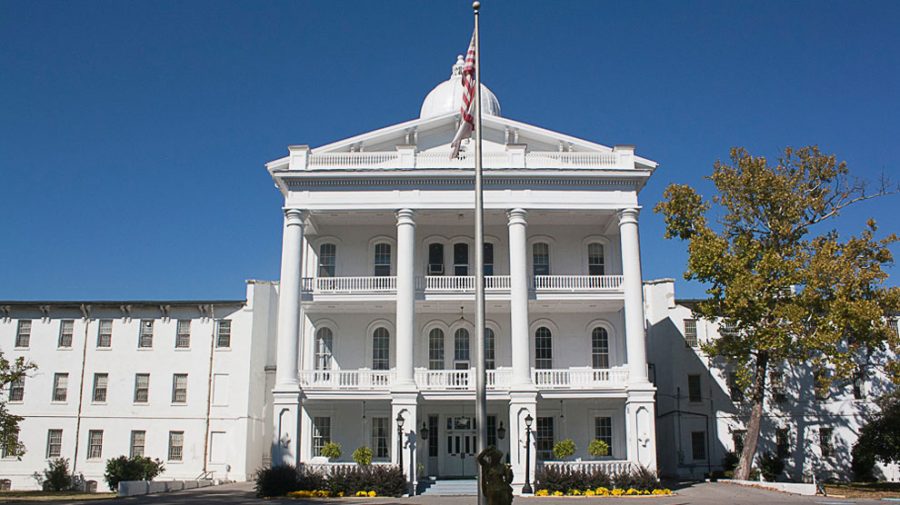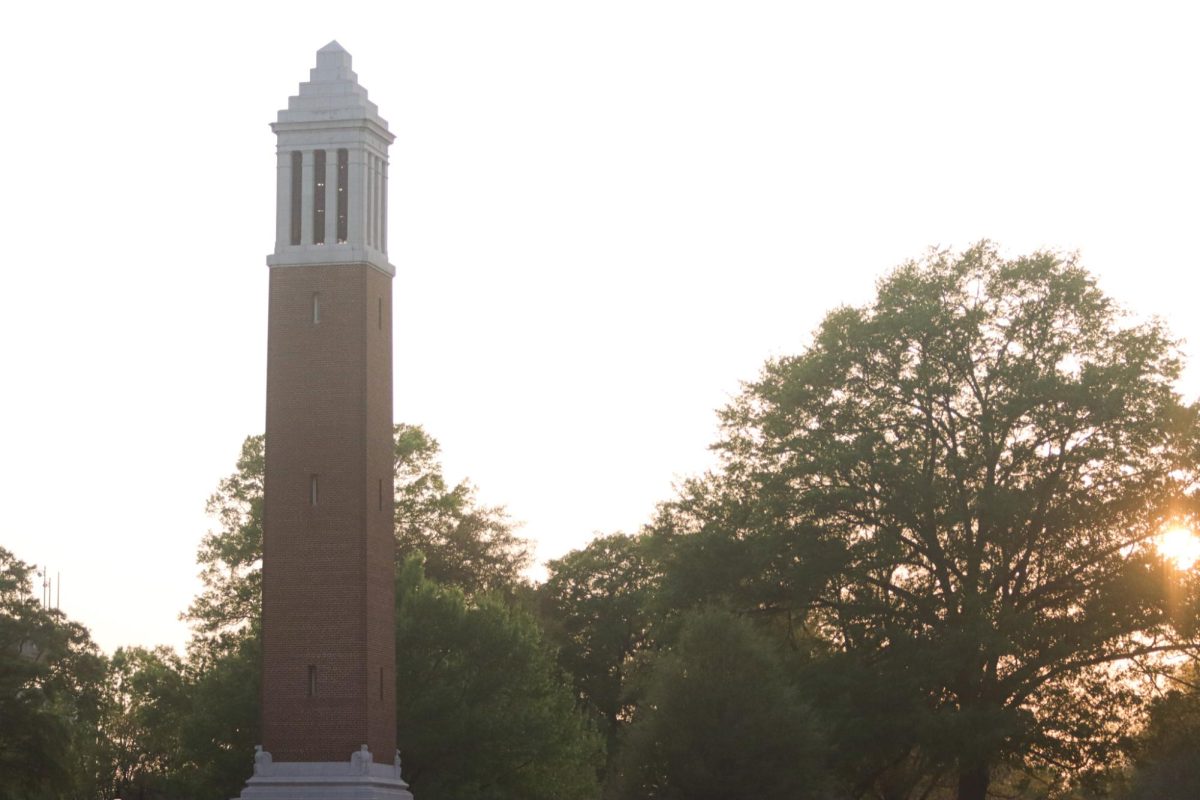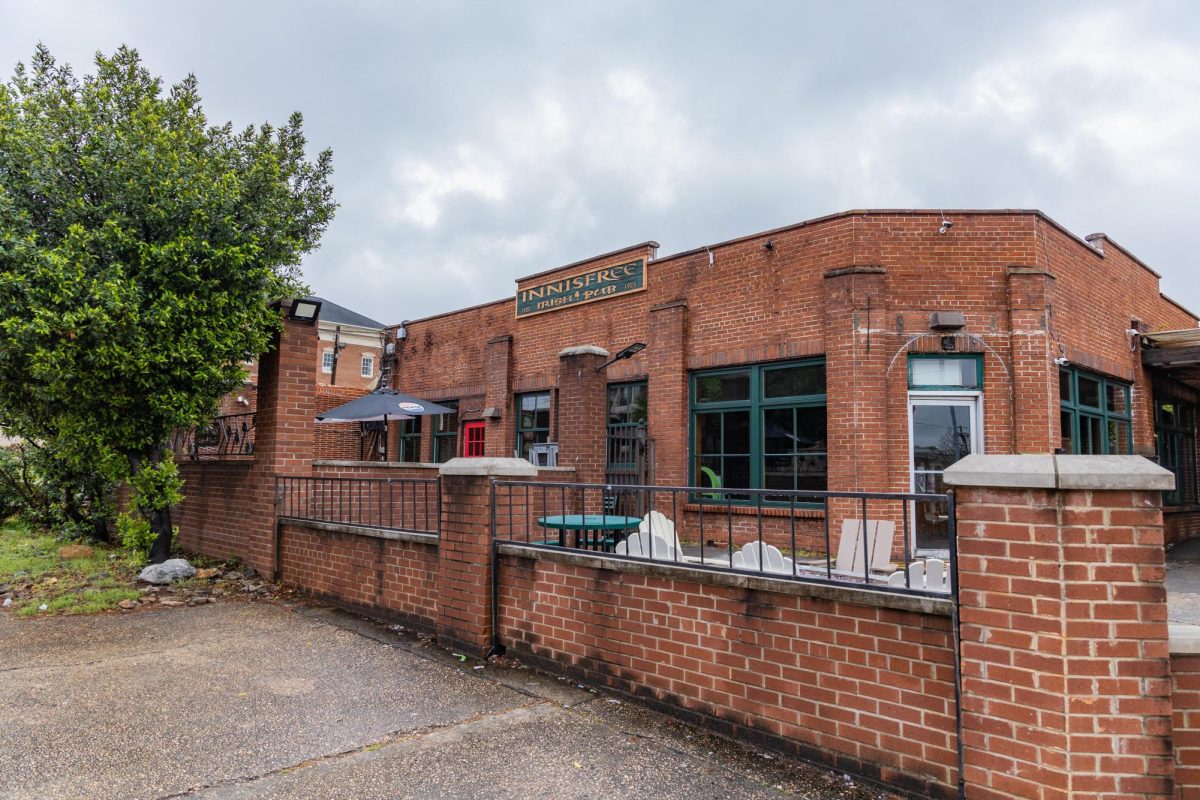Opened in 1861, Bryce Hospital has endured both the Civil War and the burning of the University of Alabama by federal troops in 1865, making it a symbol of spirit and reform according to a fact sheet from Robert Mellown, an associate professor of art history who wrote extensively about the architectural history of Bryce Hospital.
In May 2010 the hospital was sold to the University for more than $70 million. According to UA Spokeswoman Cathy Andreen, the University will not take possession of the property until the new psychiatric hospital, currently under construction on the Department of Mental Health’s Partlow property, has been completed.
“We are pleased that the University of Alabama has purchased the property and are confident that the University will develop an appropriate use for this historic property,” Mellown said. “Our greatest concern is that the University preserve the entirety of the south façade of the hospital, which includes the three wings on either side of the central domed section.”
Dan Wolfe, the University planner, said that purchase of Bryce allows for the University to house students and faculty in buildings on the Bryce property when other buildings on the main campus are undergoing renovations.
“A lot of our ideas for the Bryce building are to provide swing space,” Wolfe said. “When we have a Russell Hall or a Graves Hall renovation, we can move people over there because some of the renovations take two to three years.”
“The plan for the transition of the patients to the new facility is contingent on the readiness of a new facility,” said John Ziegler, public information officer for the Alabama Department of Mental Health. “The current facility was slated to be completed in spring 2013 and we are currently on schedule to be completed.”
Bryce Hospital was at the forefront of mental health innovations for many years after its completion, but the hospital’s reputation suffered in the late 20th century after the speculation of questionable patient treatment brought about reform in mental institutions throughout the U.S, according to the Encyclopedia of Alabama.
Over the years Bryce Hospital has changed its way of handling its patients.
“We are an acute mental health care facility, and we downsized the extended care unit of the hospital significantly in the past decades and relocated these individuals to facilities within their expected communities,” Ziegler said. “Based on a strategy called ‘evidence based design,’ this stipulates that if we put these people in a respectful, peaceful environment, they will feel respected as a human being and recover more quickly.”
The new hospital design will allow for more open courtyards and areas with varying degrees of security for patients to move through as they transition in therapy.
“We will even have a mall where patients can buy a T-shirt or a dress or whatever they need to help them acclimate as a kind of transitional therapy,” Ziegler said.









